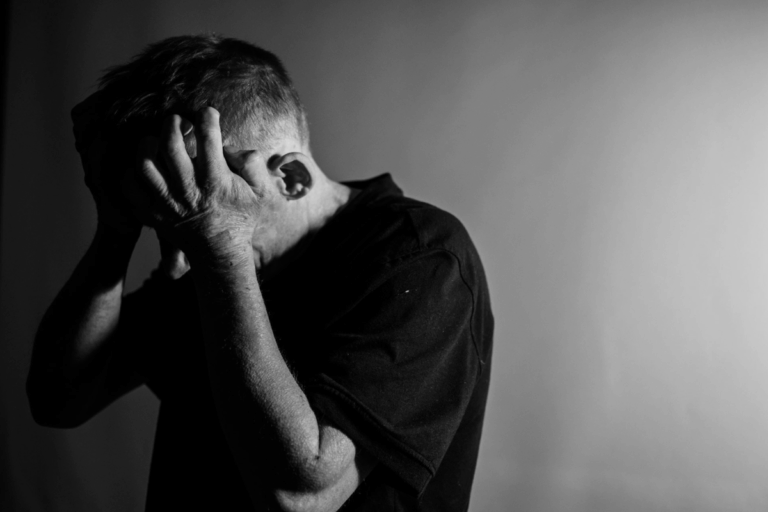The Difference Between Shyness vs. Social Anxiety Disorder
Maddison Henley PA-C

Shyness and social anxiety share many characteristics; however, distinguishing between common feelings of shyness and the more debilitating Social Anxiety Disorder is crucial. It’s normal to feel nervous or shy in social interactions, especially when encountering new situations or meeting new people. However, if that nervousness causes significant distress or avoidance that impacts daily functioning, it may be indicative of Social Anxiety Disorder, not just feeling shy.
Difference between Shyness vs Social Anxiety
When it comes to shyness vs social anxiety, a key difference lies in the impact on an individual’s life: while shyness is generally a mild, manageable discomfort in social situations, social anxiety involves deeper, persistent fear that significantly hinders daily life. Both conditions affect how individuals experience social interactions, but they impact lives in significantly different ways.

What is Shyness?
Shyness is a temperament trait where individuals feel awkward or tense during social interactions. Although it may cause mild discomfort or nervousness in social settings, shyness generally does not prevent individuals from engaging in social activities. In fact, many shy individuals can manage their anxiety sufficiently to participate fully in personal and professional environments. This ability to cope distinguishes shyness from more debilitating forms of social anxiety, highlighting that shyness does not typically hinder significant aspects of life.
Understanding Social Anxiety Disorder

Social Anxiety Disorder affects approximately 7% of U.S. adults each year, with a higher prevalence among women (8%) compared to men (6.1%). In contrast to shyness, Social Anxiety Disorder represents a more severe form of social discomfort that significantly impairs daily life. About 29.9% of adults with Social Anxiety Disorder experience serious impairment, impacting their ability to function in daily activities. Individuals suffering from social anxiety experience intense fear and anxiety in social situations, often to the degree that they avoid these situations entirely. This disorder is marked by a profound fear of being judged or scrutinized by others, which can trigger avoidance behaviors and physical symptoms such as sweating, increased heart rate, trembling, or even panic attacks during social interactions. These aspects show us the difference between shyness and social anxiety, with social anxiety leading to considerable distress and disrupting normal routines, including occupational and academic activities, which significantly differ from the manageable symptoms of shyness.
Behavioral Inhibition and Its Role
Behavioral inhibition, often observed in children, can indicate a higher risk of developing Social Anxiety Disorders. It involves a consistent tendency to feel fear and withdrawal in new situations or with unfamiliar people. While not all children with behavioral inhibition will develop social anxiety, they are considered to be at an increased risk. Recognizing and understanding behavioral inhibition is so important for early intervention, which can mitigate the progression to more severe anxiety disorders.
Final Thoughts
Recognizing the differences between shyness and social anxiety is key to managing these conditions effectively. While shyness is often a personality trait, Social Anxiety Disorder is a diagnosable anxiety disorder that requires treatment to manage. Effective management often involves therapy, particularly Cognitive Behavioral Therapy (CBT), lifestyle changes, and possibly medication management in addition.
Responsibly edited by AI
Other Blog Posts in
Animo Sano Psychiatry is open for patients in North Carolina, Georgia and Tennessee. If you’d like to schedule an appointment, please contact us.
Get Access to Behavioral Health Care
Let’s take your first step towards. Press the button to get started. We’ll be back to you as soon as possible.ecovery, together.




